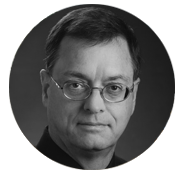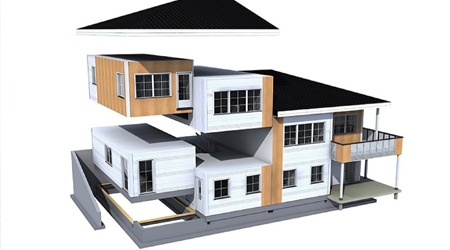Board: South Carolina Architects
Credit Hours: 2.00
Rating: 5 ratings
Approval Number: J607ENV18
Add to Basket
Course Description
This course introduces the principles and practices of energy conservation in building design and operation and covers a broad range of design concepts and strategies that can be employed to reduce energy consumption and greenhouse gas emissions in buildings, including passive site and building design, energy audits, designing for LEED certification, recycling buildings, and creating replacement power. Students will also learn about energy-efficient building envelopes, components, and systems, including heating, ventilation, and air conditioning (or HVAC), lighting, and renewable energy technologies.
Course Objectives
Upon successful completion of this course, the participant will be able to:
- List examples of sustainable building practices that involve combining materials and components and explain how these practices contribute to sustainability.
- Explain and give examples of passive site design.
- Identify the key areas evaluated in the LEED certification process and explain the benefits of seeking certification for businesses and builders.
- Explain what is meant by Adaptive Reuse and the benefits attached to it.
- Give examples of Building Envelopes, their components, and considerations in their use.
- Describe passive site and building design giving examples of each.
- Provide low-cost energy-saving ideas and explain the potential energy savings associated with each.
- Identify and describe renewable energy systems that can generate power on site.
Instructor Bio
 Paul Spite, BS, BA
Paul Spite, BS, BA
AFD Consulting, Founder and Principal
Paul is a Registered Architect with over forty years of experience, a course developer and has been a teacher in multiple venues in the past. He is also a writer in many venues, having developed many studies, a few published articles, numerous short stories, multiple screenplays, two non-fiction manuals for church design and one novel. More to the focus of this endeavor, Paul has also created presentations for twenty-six lunch and learn presentations for building material manufacturers, webinars covering the subjects of Aging-in-Place and Architectural Acoustics and eleven distance learning courses for architects, engineers and contractors. As he nears retirement from managing his small architectural practice, Paul hopes to focus even more of his energy on teaching and on course development.



